
Prismatic letters are dimensional architectural letters that are typically used in building identification signage. Prismatic letters can be made of plastic, metal, or wood materials, and are the reverse of V-Carved letters, where if you imagine the inset V-carved lettering as a mold, the offset prismatic letters would be made using this mold, if that makes sense!

I recently had the opportunity to sell a set of molded plastic prismatic letters to a Waynesboro, Virginia retail customer. The customer utilized plastic dimensional letters to go along with his custom pyramid shaped logo on the entrance sign to his store off Main Street. The lettering was attached to a flat metal panel, painted flat black to match the wall finish, and was attached to the storefront over the main entrance. The sign panel to which the letters were attached was constructed using a 1″ thick aluminum tube frame. The two 30″ high X 7′ long, flat sign panels that held the prismatic letters were butted together in the middle and fastened to the frame with very high bond adhesive. I used my computer plotter to make the mounting pattern for the lettering. Holes were marked on the sign to match up with the female supports molded into the backs of each letter.

The lettering was attached to the sign panel with stainless steel studs and nuts, concealed behind each letter. The installation was fairly simple and took a crew of two only a few hours to complete, since most of the labor needed to fasten the letters was done in the workshop. This set of GEMINI brand prismatic letters came with a lifetime warranty which means that if any exterior letter or logo ever fades or breaks, they will be refinished or replaced at no cost: an important factor to consider if you’re a new business branding your building!
Prismatic type letters can also be made from wood. Western red cedar or mahogany, or redwood letters are routed, sanded, and finished in many options. One great option, but expensive, is 23 karat gold leaf letters. Gold leaf on prismatic lettering produces a tremendously eye-catching effect, and is great for brands wanting to convey elegance, high price items, or long-term stability. That’s why financial institutions, mainline religious groups, museums, and high-end retailers utilize this type of dimensional letter. Plastic and metal letters can also be gilded for special effect. But if you’re a new business or established business on a tight budget, formed plastic in standard colors are the way to go.
What are prismatic letters? They are a great way to add depth and attention to your business name. This project took less than a $2,500 investment from the new owner and he was able to finance the construction of the sign as part of his initial business venture’s loan package…and the letters will last a lifetime!
Mark Hackley owns and operates Augusta Sign Company which serves the Staunton, Waynesboro, Verona, Fishersville, and Stuarts Draft areas of Virginia in the Shenandoah Valley. Contact him at 540-943-9818.
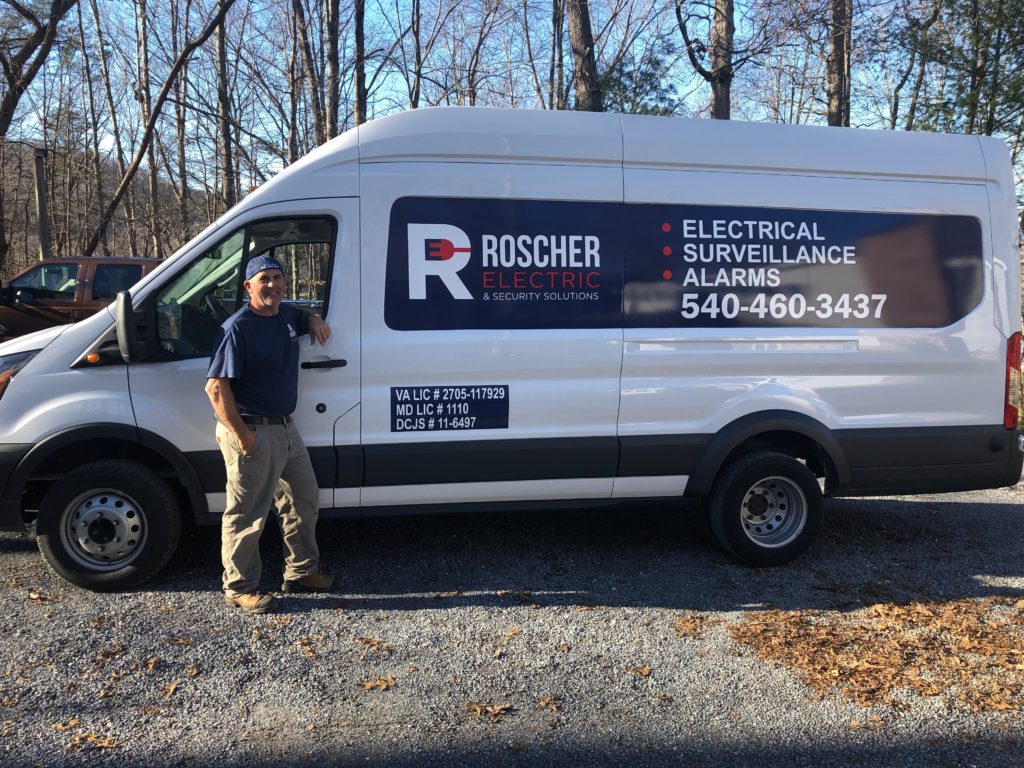
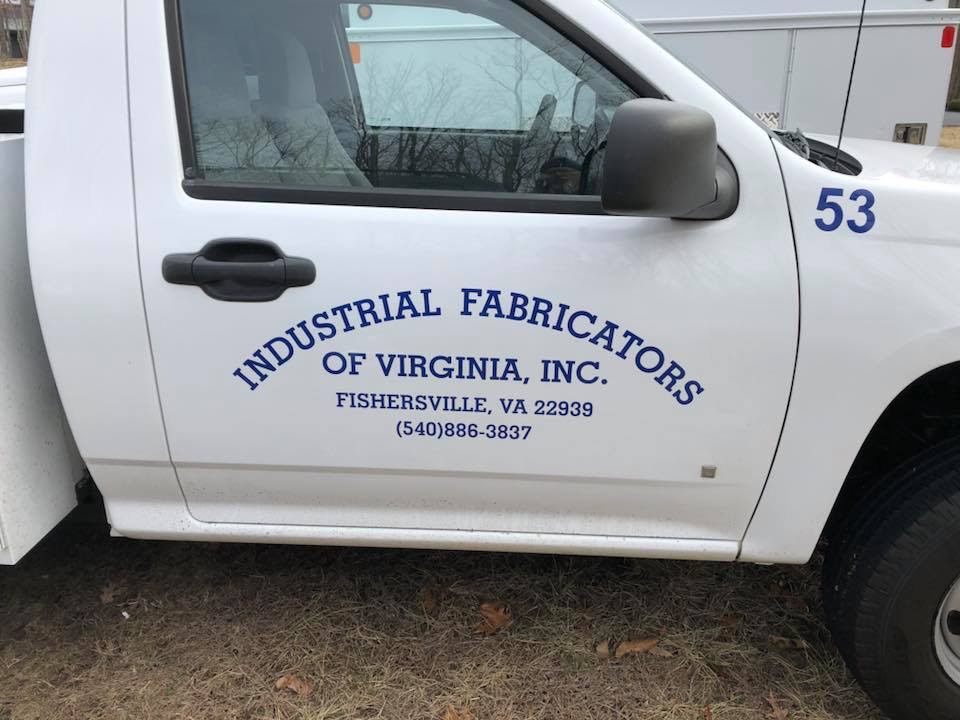
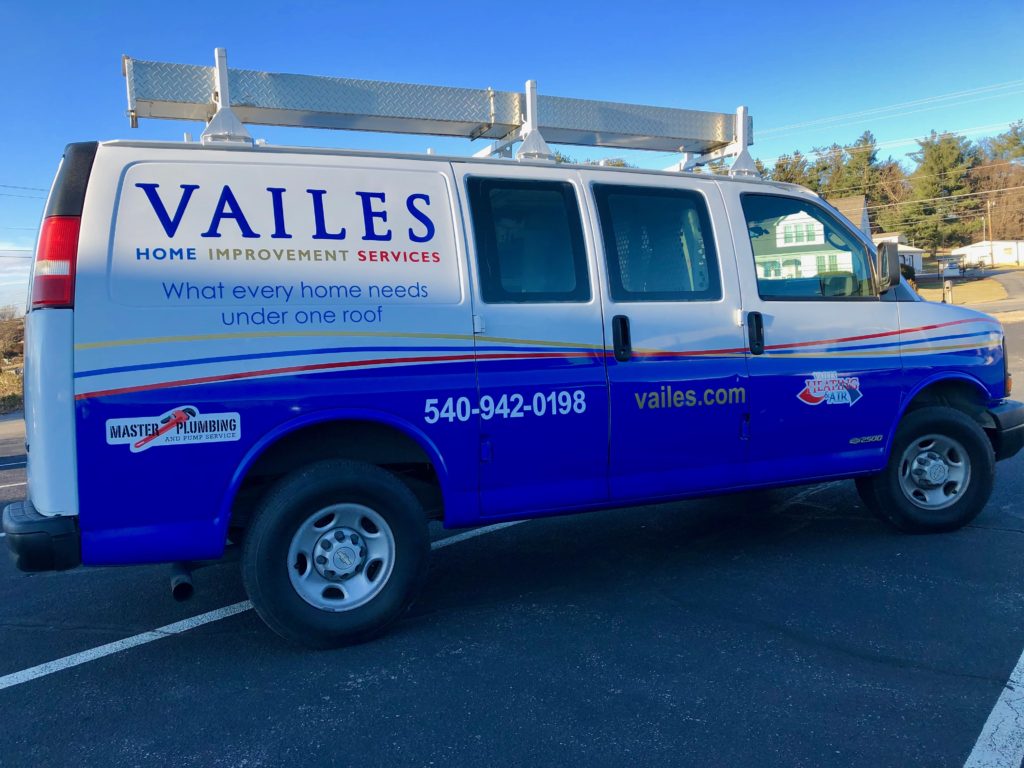
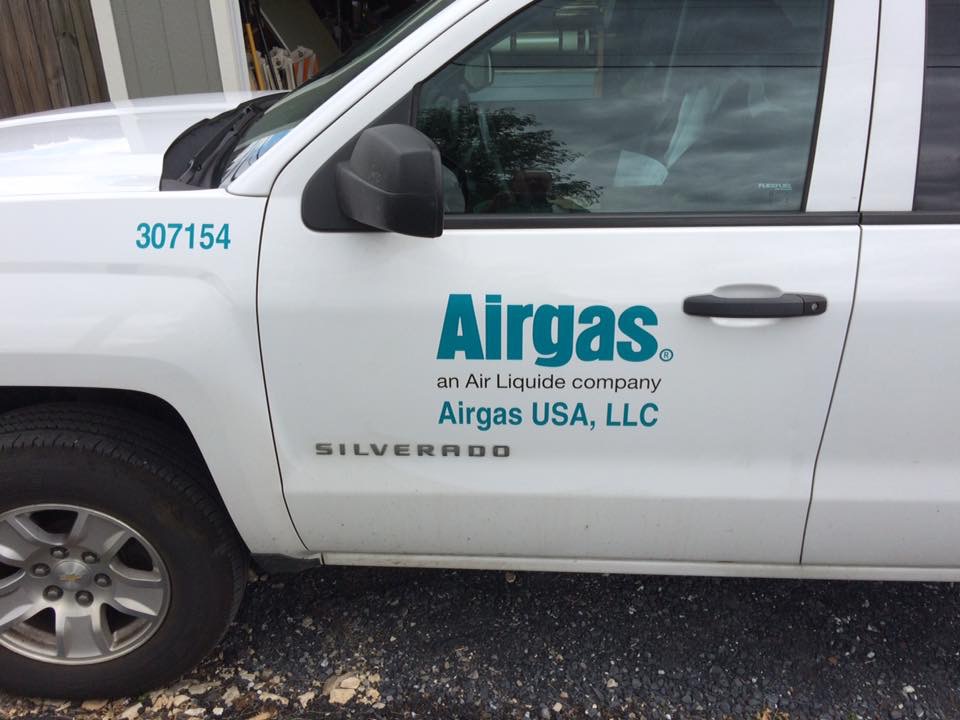
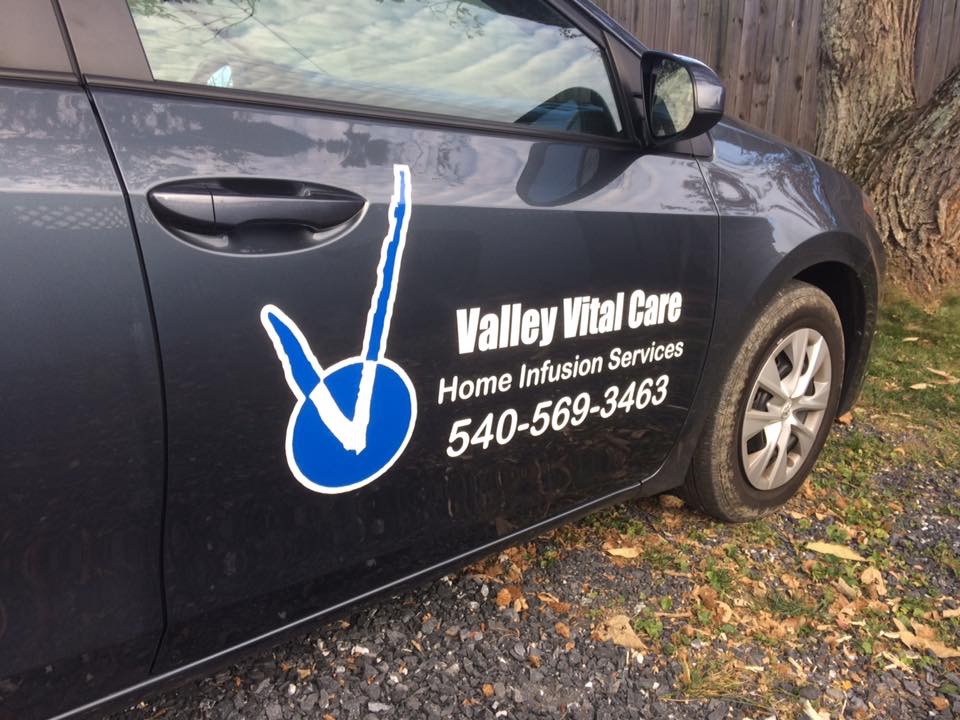
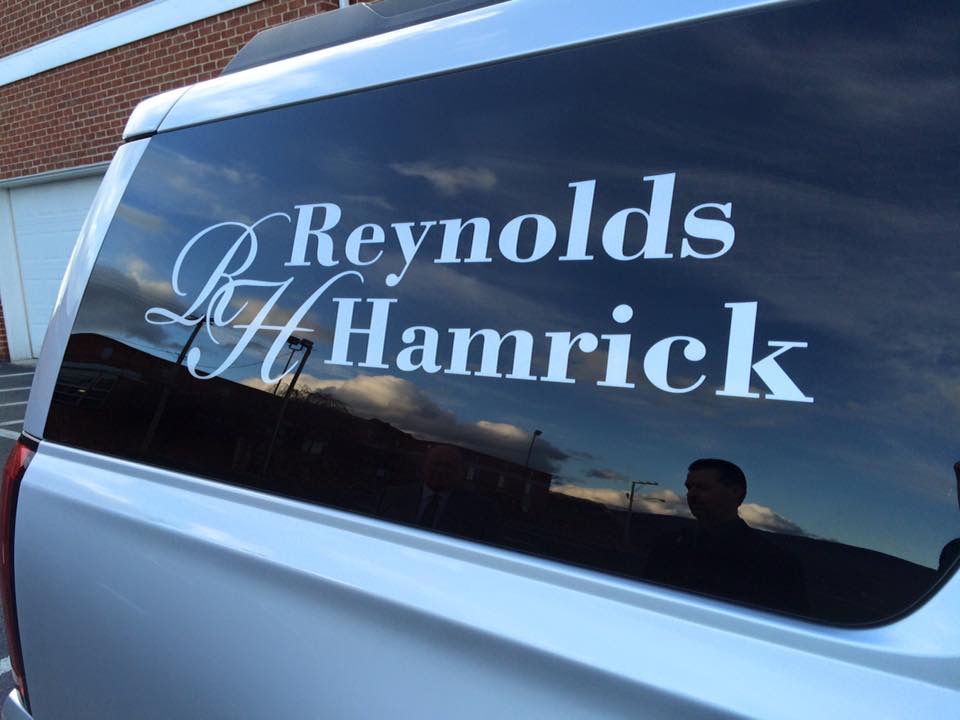
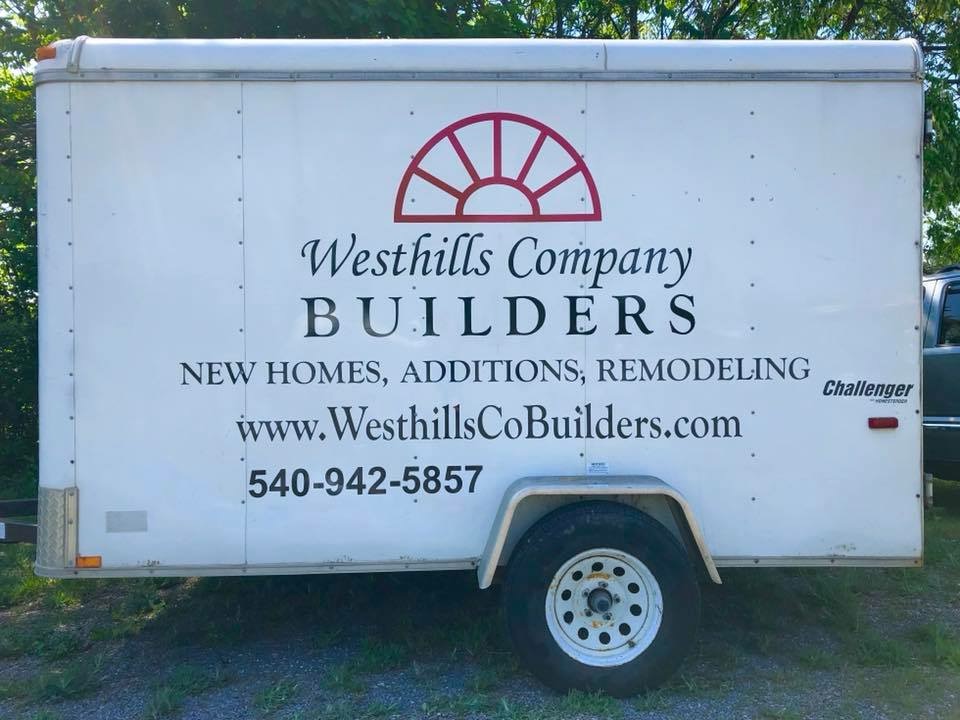
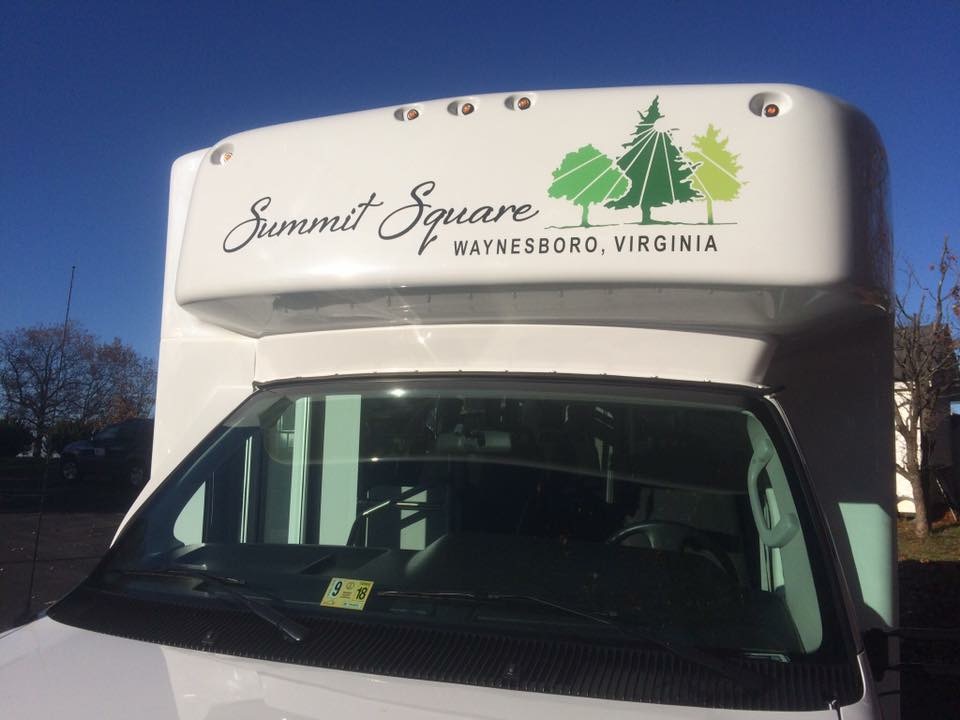
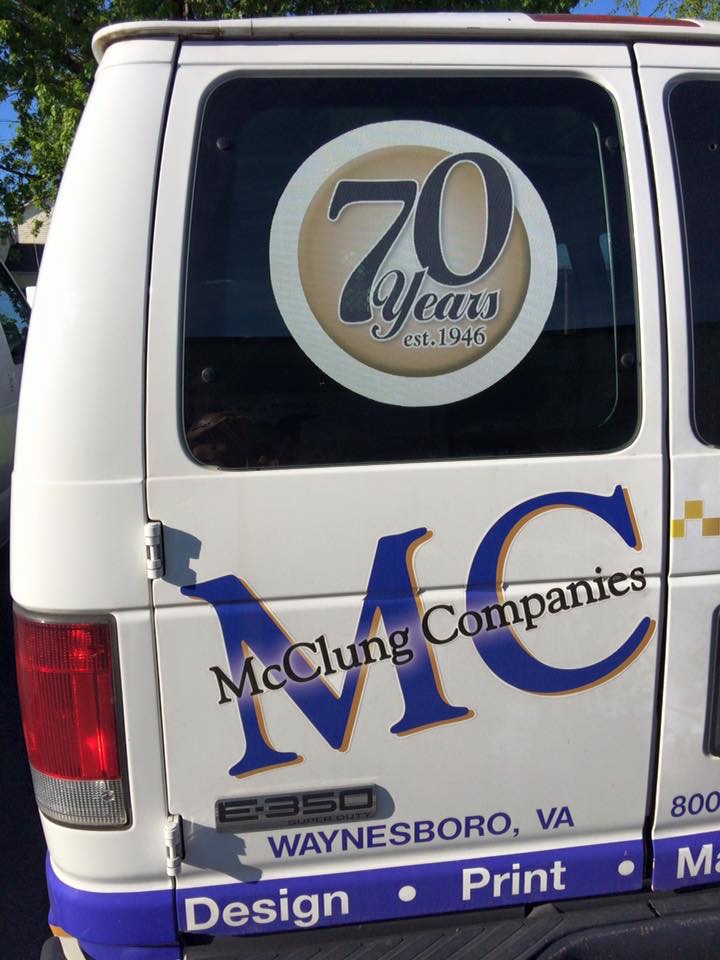
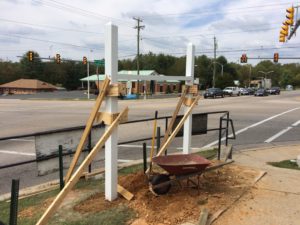 It takes some planning to make and install a large free-standing sign in the ground and install it where everything is relatively level and plumb.
It takes some planning to make and install a large free-standing sign in the ground and install it where everything is relatively level and plumb. 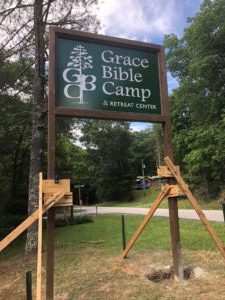 tables, disassemble them, then assemble them again in the field when I know that everything will fit together nice and square. Most of the time the land in which the sign will be erected is not flat, so I have to take into consideration that either one hole will be deeper or one post will be longer to compensate for the difference. Once the holes are dug and the poles are hoisted in place, I attach my own clamping system, one of Augusta Sign Company’s ingenious intellectual properties, that keeps signposts plumb in both directions (forward-to-backward; and side-to-side).
tables, disassemble them, then assemble them again in the field when I know that everything will fit together nice and square. Most of the time the land in which the sign will be erected is not flat, so I have to take into consideration that either one hole will be deeper or one post will be longer to compensate for the difference. Once the holes are dug and the poles are hoisted in place, I attach my own clamping system, one of Augusta Sign Company’s ingenious intellectual properties, that keeps signposts plumb in both directions (forward-to-backward; and side-to-side).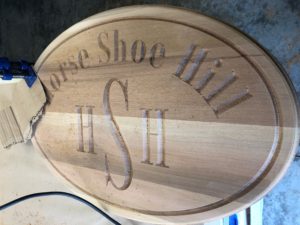 Applying Gold Leaf to Carved Signs
Applying Gold Leaf to Carved Signs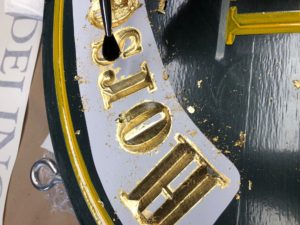 presented my proposal, she elected to go for the gold! Gold leaf is an ancient art form. “The Temple of Solomon was profusely gilt,” says Homer in his early writings. Gold leaf was widely used in old Roman art, architecture, furniture, and carved lettering. Gold leaf is actual gold that is beaten down to a fine sheet and applied to surfaces with “size”, a special type of “glue” that the thin metal sheets stick to. To make the sign for the horse farm, I first ordered the cedar panel and had the letters and borders CNC-routed from my customer-approved design. Once the letters and borders were carved, I sanded them with fine-grit sandpaper to smooth out any course grain in the lettering. Once sanded, I cleaned and primed the entire two-sided sign with a quality oil-based primer that seals the wood and provides an adequate base for the finish coat, which in this case was a brush-painted Hunter Green sign enamel. It helps to tint your primer to the shade of your finish coat, so I added some black tint to make a gray primer coat. I use the 2-2-2 method in my finishing of wood signs: 2 coats primer, 2 coats background finish, and 2 coats for the graphics, which for this project meant two passes of gilding to catch any missed areas and pinholes.
presented my proposal, she elected to go for the gold! Gold leaf is an ancient art form. “The Temple of Solomon was profusely gilt,” says Homer in his early writings. Gold leaf was widely used in old Roman art, architecture, furniture, and carved lettering. Gold leaf is actual gold that is beaten down to a fine sheet and applied to surfaces with “size”, a special type of “glue” that the thin metal sheets stick to. To make the sign for the horse farm, I first ordered the cedar panel and had the letters and borders CNC-routed from my customer-approved design. Once the letters and borders were carved, I sanded them with fine-grit sandpaper to smooth out any course grain in the lettering. Once sanded, I cleaned and primed the entire two-sided sign with a quality oil-based primer that seals the wood and provides an adequate base for the finish coat, which in this case was a brush-painted Hunter Green sign enamel. It helps to tint your primer to the shade of your finish coat, so I added some black tint to make a gray primer coat. I use the 2-2-2 method in my finishing of wood signs: 2 coats primer, 2 coats background finish, and 2 coats for the graphics, which for this project meant two passes of gilding to catch any missed areas and pinholes.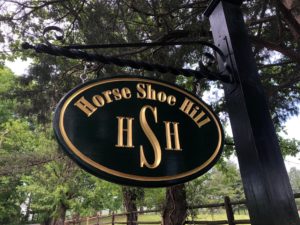 Once the gold was applied and cured for several days, I burnished it with a cotton ball and completely waxed the entire sign using Nu-Finish synthetic auto wax, available in most auto parts stores. The post was constructed from a 6″ X 6″ X 13′ long Southern Yellow Pine column with a beefed-up area at the bottom of the post, suggested by my customer’s architect. The sign post was colored black to match the black iron scroll bracket, which was a stock item from my supplier. I used stainless steel eye-bolts and quick links to attach the sign to the bracket. The sign was planted in a 3 foot deep hole and surrounded with fast set concrete.
Once the gold was applied and cured for several days, I burnished it with a cotton ball and completely waxed the entire sign using Nu-Finish synthetic auto wax, available in most auto parts stores. The post was constructed from a 6″ X 6″ X 13′ long Southern Yellow Pine column with a beefed-up area at the bottom of the post, suggested by my customer’s architect. The sign post was colored black to match the black iron scroll bracket, which was a stock item from my supplier. I used stainless steel eye-bolts and quick links to attach the sign to the bracket. The sign was planted in a 3 foot deep hole and surrounded with fast set concrete.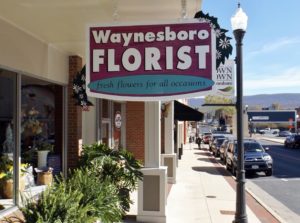 Virginia only has seven cities with populations in six figures. Most of it’s cities and towns fall between about 5,000-75,000, with about 10 over and about 120 under. Most of the towns in the Shenandoah Valley, where my shop is located, are perfect places to hang interesting, hand-painted wood signs. And it so happens those are exactly the types of signs I make in my shop near Staunton, Virginia!!
Virginia only has seven cities with populations in six figures. Most of it’s cities and towns fall between about 5,000-75,000, with about 10 over and about 120 under. Most of the towns in the Shenandoah Valley, where my shop is located, are perfect places to hang interesting, hand-painted wood signs. And it so happens those are exactly the types of signs I make in my shop near Staunton, Virginia!!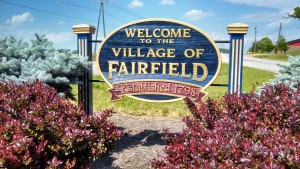 adhered to the flat surface, then wherever the stencil does not cover the wood, it is blasted away using a high-pressure sand gun. Various size nozzles are used for different effects. After blasting, the signs are stained with a high-quality, durable solid-color oil stain, then hand-lettered. These signs are very long-lasting and can be easily maintained with scheduled periodic annual cleaning and refresher coats of paint every decade. The sign pictured above for Waynesboro Florist was put into service in the mid-1990’s and is still looking great with only one
adhered to the flat surface, then wherever the stencil does not cover the wood, it is blasted away using a high-pressure sand gun. Various size nozzles are used for different effects. After blasting, the signs are stained with a high-quality, durable solid-color oil stain, then hand-lettered. These signs are very long-lasting and can be easily maintained with scheduled periodic annual cleaning and refresher coats of paint every decade. The sign pictured above for Waynesboro Florist was put into service in the mid-1990’s and is still looking great with only one 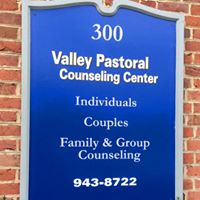 maintenance call a few years ago, where I rehabbed the fading paint.
maintenance call a few years ago, where I rehabbed the fading paint.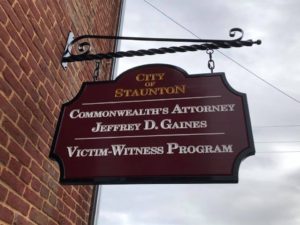 Hanging the signs is usually accomplished using iron scroll brackets and chain with hooks. There are several standard bracket types in use, and brackets can also be customized for a much higher investment. Probably one of the biggest things to remember about quality wood signs is their regular maintenance. Just as a great musician would tune her piano on a regular basis to ensure good quality sound, a great business owner would clean, re-stain, and repaint her sign periodically. The rule of thumb for signs manufactured by Augusta Sign Company is every about 5-10 years. The cedar and redwood and mahogany boards themselves will last a lifetime with no maintenance, but the branding that is painted on the signs will have to be periodically refreshed to keep up a positive image.
Hanging the signs is usually accomplished using iron scroll brackets and chain with hooks. There are several standard bracket types in use, and brackets can also be customized for a much higher investment. Probably one of the biggest things to remember about quality wood signs is their regular maintenance. Just as a great musician would tune her piano on a regular basis to ensure good quality sound, a great business owner would clean, re-stain, and repaint her sign periodically. The rule of thumb for signs manufactured by Augusta Sign Company is every about 5-10 years. The cedar and redwood and mahogany boards themselves will last a lifetime with no maintenance, but the branding that is painted on the signs will have to be periodically refreshed to keep up a positive image.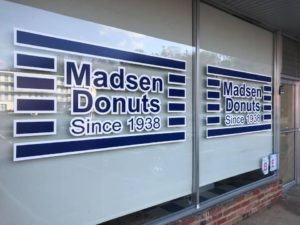 Call Mark Hackley, founder of Tree Street Signs that later became Augusta Sign Company for all your downtown signage needs. Not only can he help you with wood identification signs, but also door and window lettering, wall lettering, banners, and other temporary advertising signs like sandwich boards that you’d use in marketing your awesome downtown shop. He can be reached at 540-943-9818.
Call Mark Hackley, founder of Tree Street Signs that later became Augusta Sign Company for all your downtown signage needs. Not only can he help you with wood identification signs, but also door and window lettering, wall lettering, banners, and other temporary advertising signs like sandwich boards that you’d use in marketing your awesome downtown shop. He can be reached at 540-943-9818.